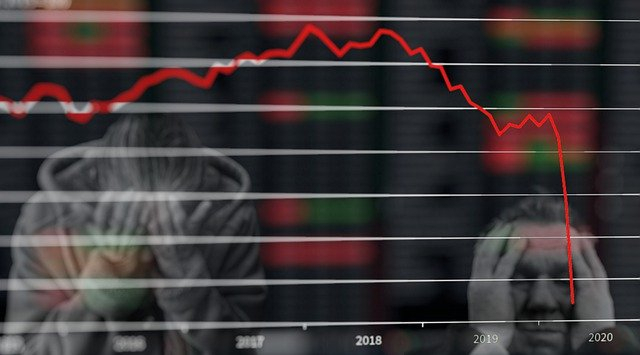Since originating in Wuhan, the epicenter of Coronavirus pandemic shifted from China to Iran, Europe, U.S. and South America. The move meant that Europe survived the first onslaught of the pandemic and the curve was flattened. As a result, Europe, Asia and North America promptly reopened businesses. However, the second wave was yet to come to North America and Asia.
As businesses reopened, some of the countries that relaxed restrictions were hit by the second wave, joining them was India, which didn't even reach its peak as per experts. Asian countries like Hong Kong, South Korea, Japan and China besides India and in Oceania, Australia has started reporting daily highs once again. In Europe, Spain has also reported a spike in the number of daily positive cases after flattening the curve. In South Africa too, cases have surged significantly.
Second Wave
While the U.S. is already in the midst of a second wave with over 70,000 daily new cases, in the case of Europe, apart from Russia, things seem to be normal. But with the Catalonia region of Spain reporting new daily highs, it has triggered fears of a second wave in Europe. The U.K. has already asked incoming travelers from Spain to self-isolate while Norway has followed the same path. France has already issued a travel warning.

The Spanish Government, although refuses to acknowledge that the second wave may have already hit the country since lifting the state of emergency in June, new COVID-19 cases have surged in many regions. The country's Deputy Head of Center for Health Emergencies, María José Sierra, told The Guardian that Spain might already be in a second wave.
What Does It Mean?
The entire world is facing the worst recession since World War II as a fallout of the Coronavirus pandemic and economic shutdown. The reopening of businesses and stimulus packages may have eased momentarily, but if the second wave needs another lockdown, things would turn from bad to worse.
That's the reason why despite new daily highs, U.S. President Donald Trump is reluctant in imposing a nation-wide lockdown. He is not alone though. India, Spain, the U.K. and many other countries don't want to follow the same path again. A person close to the Italian Prime Minister Giuseppe Conte described it as a "shock therapy" that could not be repeated, Bloomberg reported.

Lockdown is always against popular opinion. It harms businesses and leads to job losses but the dilemma is what should the government do in such a case: impose restrictions again or keep them open and risk spreading the virus. It seems nobody has an answer to it at the moment.
But learning from the experience of the first lockdown, countries are trying to contain the spread locally. In Catalonia, Spain, night clubs have been ordered to shut down for two weeks while in the U.K., pubs have been closed after an increase in the number of cases. In addition, testing capacity has been ramped up around the world to test almost everyone including healthy individuals, as health experts fear that the pandemic may last over two years even with a vaccine.
Learning from Spanish Flu Second Wave
That brings to the comparison with the 1918 Spanish Flu pandemic. Originating in the U.S, the first wave of the influenza virus swept across Europe through troop movements during World War I in early March. But it wasn't that deadly. The mortality rate was little above the seasonal flu in the U.S.
But in August 1918 when the second wave hit, it was deadly. In the U.S. alone, the new strain of the mutated virus killed around 195,000 people. That was just in the month of October. Over the three-year period, more than 50 million people died and around 33 percent of the world population of that time got infected.

Over the last seven months, the SARS-CoV-2 virus that causes COVID-19 disease has mutated several times, showing a similar pattern as Spanish Flu. Hence, chances are that it will mutate once again. While both are RNA viruses, the trajectory is unpredictable as influenza and SARS-CoV-2 have biological differences.
The novel Coronavirus may evolve into a deadly strain or may not, but if it manages to attain the lethality of Spanish Flu or SARS (Severe Acute Respiratory Syndrome), there will be hardly anyone left to reopen businesses in such a connected world and inter-locked economies.
As of July 26, more than 16 million people have been infected, with over 640,000 dead.









